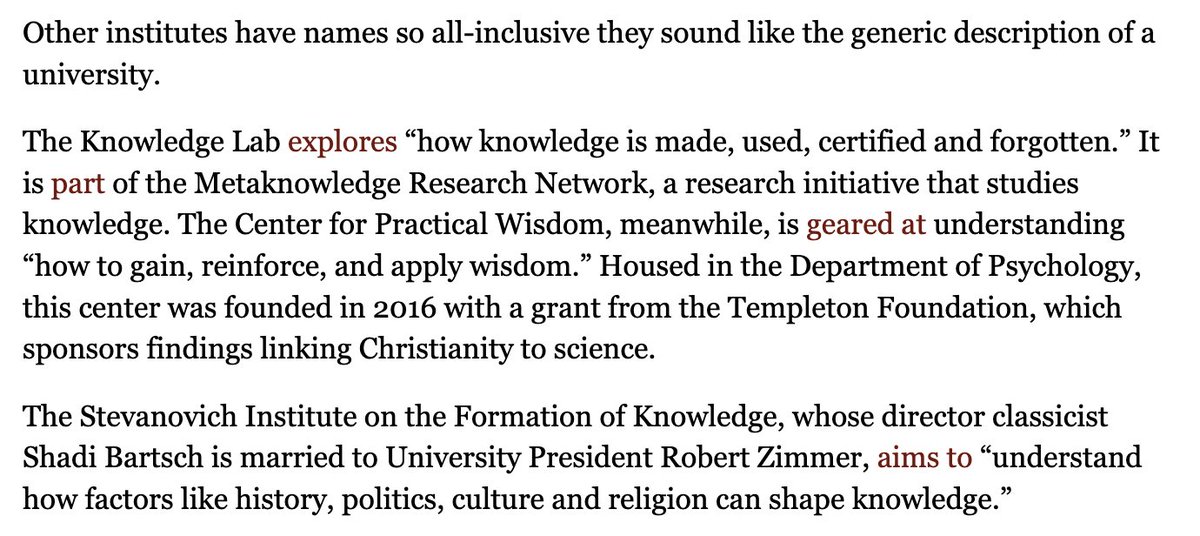NEW: A manufacturing bill moving through Congress includes half a billion dollars for negative news coverage of China.
prospect.org/politics/congr…
prospect.org/politics/congr…
The industrial policy and competition bill, COMPETES, just passed the House. It would put $500m toward “supporting independent media and countering disinformation.” 

The Senate version of the competition bill urges criticism of the Belt and Road Initiative, which it also aims to compete with.
In other words, the same bill puts $ into competing with BRI, and criticizing it. (Also, promoting “market-based alternatives” in other target sectors)
In other words, the same bill puts $ into competing with BRI, and criticizing it. (Also, promoting “market-based alternatives” in other target sectors)

Coverage would be sponsored mainly through the federally funded U.S. Agency for Global Media, which oversees Radio Free Asia & others. U.S.-funded broadcasts have long included valuable news coverage not available elsewhere -- and also pro-American propaganda.
A 2019 report on American broadcasting to Cuba sheds some light. It found US-run Radio Televisión Martí “openly engages in both propaganda and the promotion of a current administration’s foreign policy.”
The panel’s recommendations urge more subtlety:
usagm.gov/wp-content/upl…
The panel’s recommendations urge more subtlety:
usagm.gov/wp-content/upl…

There’s actually a decades-long debate over whether Americans should be allowed to view content produced by US-run foreign media. Some say propaganda for overseas audiences shouldn’t be seen domestically, even though it’s funded with taxpayer $.
prospect.org/politics/congr…
prospect.org/politics/congr…

The prohibition on distributing U.S. propaganda to Americans was lifted in the 2012 defense bill, a fascinating story covered by the late journalist Michael Hastings.
But it's suddenly relevant again because it inspired a short amendment to COMPETES.
buzzfeednews.com/article/mhasti…
But it's suddenly relevant again because it inspired a short amendment to COMPETES.
buzzfeednews.com/article/mhasti…
The amendment could be tough to reconcile with the bill’s wider priorities. A congressional staffer told me it’s intended on a “guardrail”: 

(Discovered while reporting on this: John Kenneth Galbraith once shut a CIA-funded political journal in India! According to NYT. Galbraith discovered “Quest” soon after becoming ambassador. “The political damage it did was nothing compared to the literary damage”) 

Anyway: How did spending on foreign broadcasts to “combat Chinese disinformation” end up in a domestic manufacturing bill?
The sales pitch for reviving American competitiveness is increasingly framed as a matter of rivaling Beijing. Some on left, like @mattduss, are skeptical.
The sales pitch for reviving American competitiveness is increasingly framed as a matter of rivaling Beijing. Some on left, like @mattduss, are skeptical.

Important not to draw false equivalence btw state-funded media in the U.S. and state media in China, w/ its heavy censorship. But news financed as part of strategic rivalry with a peer competitor can lose, at the very least, its appearance of objectivity.
prospect.org/politics/congr…
prospect.org/politics/congr…
• • •
Missing some Tweet in this thread? You can try to
force a refresh












